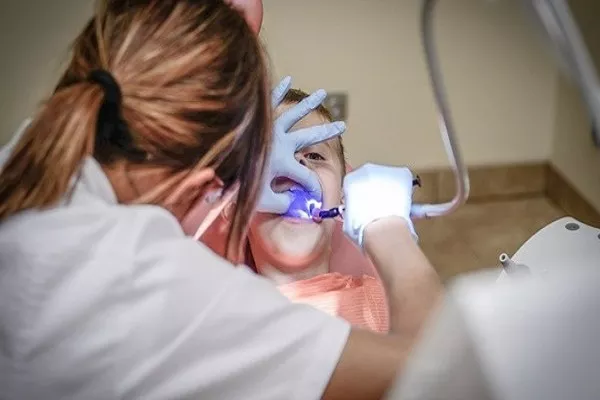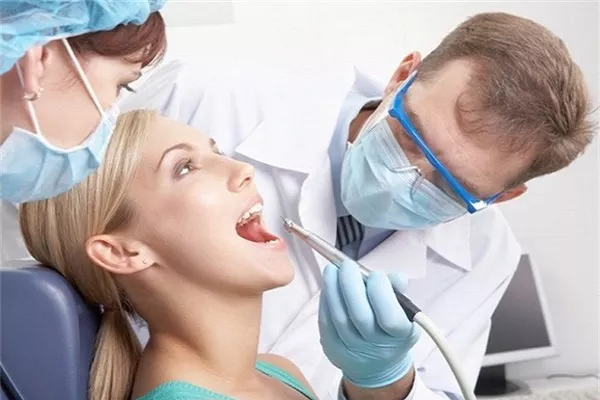Orthodontic treatment has become increasingly common, with many individuals opting for braces or aligners to achieve a perfect smile. During this process, orthodontic glue is used to attach the brackets to the teeth, ensuring effective alignment. However, once the treatment is complete, it becomes essential to remove the orthodontic glue safely and efficiently without causing any damage to the teeth or enamel. In this article, we will explore what orthodontic glue is, its importance in orthodontic treatment, and the best methods to remove it from your teeth.
Section 1: Understanding Orthodontic Glue
Orthodontic glue, also known as dental adhesive or bonding material, is a specialized dental cement used by orthodontists to attach brackets to the teeth. The primary purpose of orthodontic glue is to provide a strong and durable bond between the bracket and the tooth surface, allowing for effective teeth alignment over time. The adhesive properties of orthodontic glue are crucial in maintaining the braces or aligners’ stability, ensuring that the desired tooth movements occur without any complications.
Section 2: The Importance of Orthodontic Glue in Orthodontic Treatment
The successful completion of orthodontic treatment relies on the adhesive strength of orthodontic glue. This bonding material must withstand the forces exerted during chewing, speaking, and other oral activities. The adhesive must also be biocompatible, meaning it should not cause any adverse reactions or harm to the tooth structure or surrounding tissues.
Orthodontic glue comes in various types, such as resin-based, glass ionomer, and composite bonding materials. The selection of the appropriate orthodontic glue depends on factors like the patient’s dental condition, the type of braces used, and the orthodontist’s preference. Regardless of the type, orthodontic glue plays a pivotal role in ensuring the braces remain securely attached throughout the treatment period.
Section 3: How to Remove Orthodontic Glue from Teeth
Once the orthodontic treatment is complete, and it’s time to remove the braces or aligners, getting rid of the adhesive becomes a significant concern for patients. Improper removal techniques may lead to enamel damage, staining, or leave behind residue on the teeth. Here are the recommended steps to safely and effectively remove orthodontic glue from teeth:
Professional Removal: It is essential to have a licensed orthodontist or dentist perform the removal procedure. They possess the necessary expertise and tools to minimize the risk of enamel damage or any adverse effects. The professional will use specialized dental instruments to gently scrape off the orthodontic glue from the teeth without harming the enamel.
Polishing: After the adhesive is removed, the teeth may have some residual marks or rough areas. The orthodontist will use a dental polishing tool to smooth out the tooth surface and restore its natural shine.
Flossing and Brushing: Following the professional removal, patients are advised to maintain good oral hygiene practices. Regular flossing and brushing will help eliminate any remaining residue and keep the teeth clean and healthy.
Avoid DIY Techniques: DIY techniques or using sharp objects to remove orthodontic glue are strongly discouraged. These methods may lead to enamel erosion, tooth sensitivity, or even cause accidental injury to the gums or soft tissues.
Professional Teeth Cleaning: Scheduling a professional teeth cleaning session with a dental hygienist a few weeks after orthodontic treatment can help ensure any residual adhesive is completely removed, leaving the teeth in excellent condition.
Conclusion
Orthodontic glue is a crucial component of orthodontic treatment, ensuring the stability of braces or aligners and enabling effective teeth alignment. Once the treatment is complete, it is essential to remove the orthodontic glue safely and efficiently. Professional removal by an experienced orthodontist or dentist is the best approach to minimize the risk of enamel damage or other complications. Remember, maintaining proper oral hygiene practices will contribute to keeping your teeth healthy and free from residual adhesive. If you have recently completed your orthodontic treatment, don’t forget to consult your dental professional for the best advice on safely removing orthodontic glue from your teeth.





























